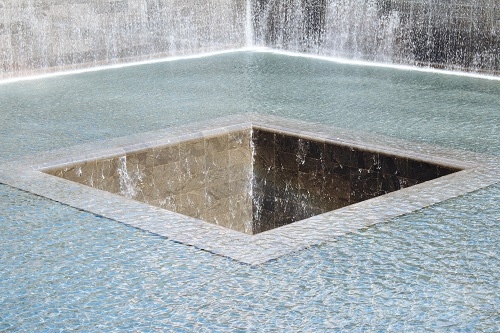Over the years, concrete has emerged as the best choice of material for pool surfaces because of its durablity and low installation cost. Concrete can skillfully be designed to imitate expensive pool surface materials, making a pool area aesthetically pleasing. However, your concrete pool has its flaws; the appearance of hairline cracks is inevitable. Should you worry about the hairline cracks?
Yes, you should because the cracks will overtime expand to form larger cracks that will be costly to repair and pose a greater risk to pool users. Like many concrete surfaces, your pool may take a hit from weather changes, ground movement or heavy use. This article will address hairline cracks; there causes, repair and maintenance methods.
Table of Contents
What causes pool cracks?
Improper engineering
These are the problems that develop due to substandard building practices. Soil testing should be done to determine its load-bearing ability and stability. Clay soils specifically are prone to many concrete issues. Your concrete deck and pool surface should be adequately reinforced with steel to ensure concrete holds together reducing cracks. During construction, the soil below the concrete should be compacted effectively to ensure ground movement is reduced to prevent damages.
Soil issues
Particular soils expand when they become wet, and this expansion causes your concrete pool surfaces to crack. Shifting of soil is another issue of concern, caused by earthquakes that lead to ground movement and concrete cracking.
Temperature fluctuation
During winter water sips into concrete pores where it undergoes freezing leading to its expansion. The ice exerts pressure on small the pores causing them to form hairline cracks. As summer approaches, concrete temperature moves from being cool to hot. This fluctuation causes a sudden expansion and contraction, causing cracks to form.
Age of the concrete
When used for an extended period, concrete surfaces wears off due to impact, and friction from movement on the surface. The weight of objects and people moving on the body causes cracks over time. Concrete is also affected by the level of usage. The more activities on it, the more it is exposed to damage.
Use of low-Quality Concrete
If a low-quality concrete was used or too much water was added to the concrete when placed; then the concrete surface would grow weaker.
Tree roots
Trees and plants with deep roots are the culprits that cause sidewalks to crack, and likewise, they lead to cracking of pool decks and pool floors. To avoid concrete cracks, it is advisable to make sure you plant trees some distance away from the start of your concrete.
How to repair the cracks In your Concrete
It is advisable to contact pool experts like the product concrete resurfacing by the Concrete Guy to determine the extent of damage on your floor and offer repair services. But for small cracks the following methods can be used to repair cracks;
Use of pool putty
You will need a mask and a screwdriver. Using a screwdriver remove debris and widen the crack a little bit. Use a still broom to remove algae, broken concrete and oils from the damage. Mix some pool putty and roll it into a ‘snake-like’ form using your hands. Next, push the roll into the cracks and smoothen it into flush with the floor.
Use of liquid cement plaster
Using a chisel, remove loose edges from the edges of the cracks. A broom with bristles will come in handy to sweep away debris. Stir appropriate ounces of liquid cement in a bucket with enough water. Using a trowel, work the plaster into the cracks and use a back and forth motion to fill the craks. Smoothen the application till it’s is flush with the rest of the floor. Apply some heat with a hair gun and leave it to dry before adding water to the pool. Hairline cracks should not deter you from having a useful and enjoyable pool to repair your pool today.



















